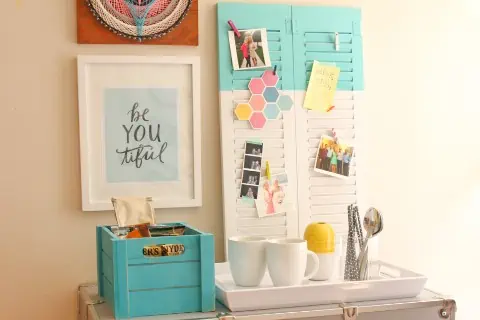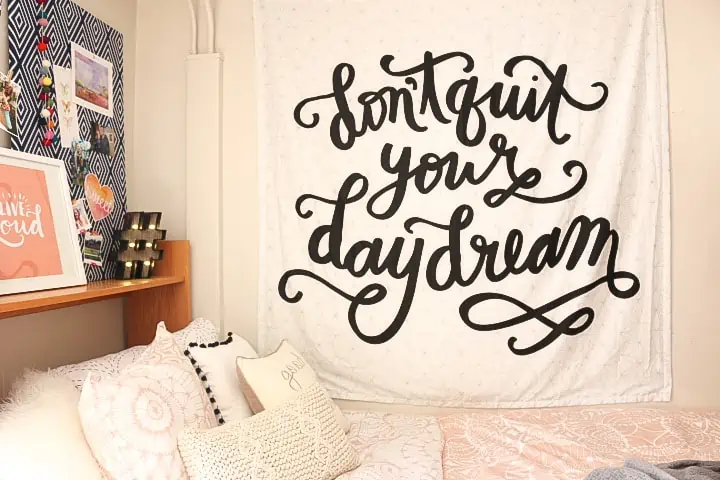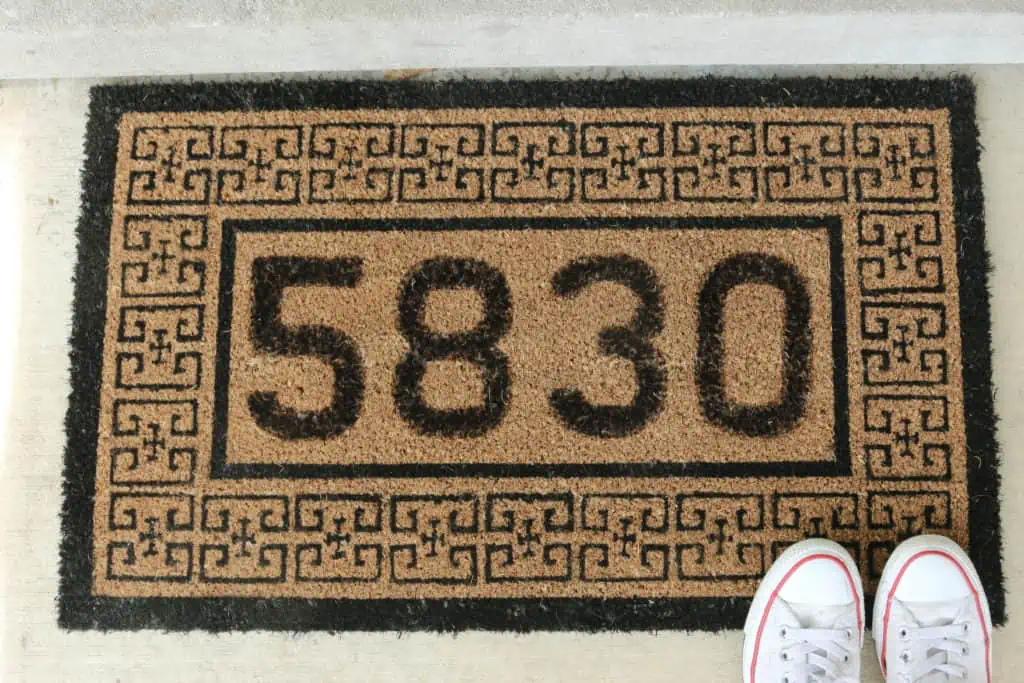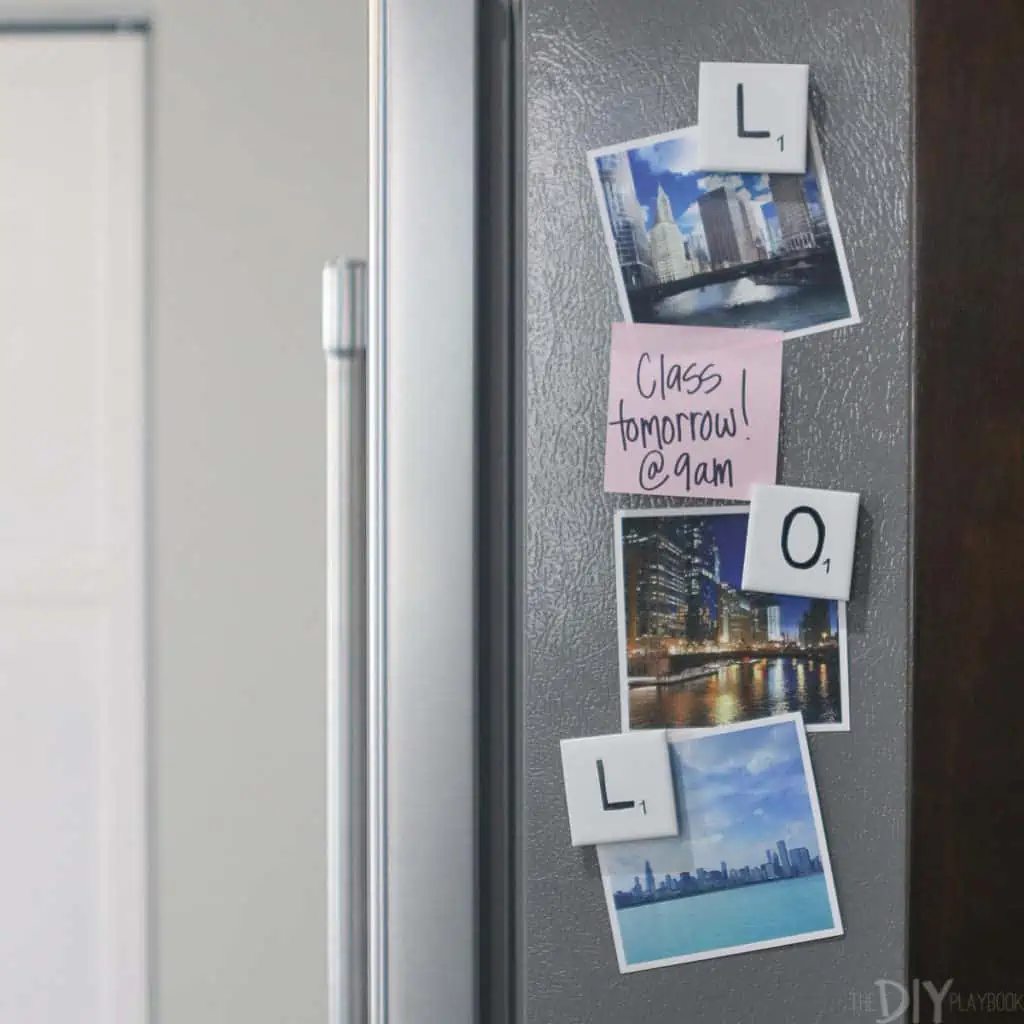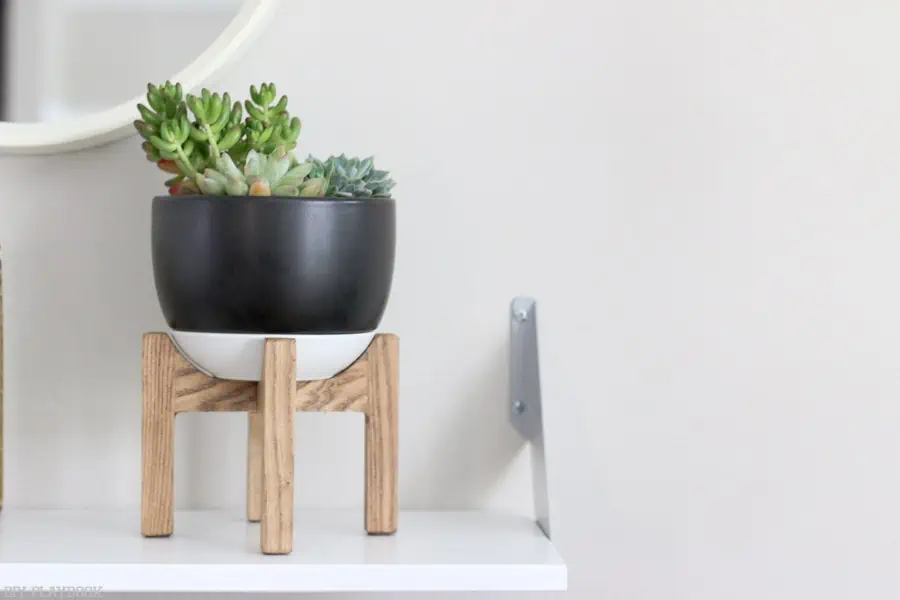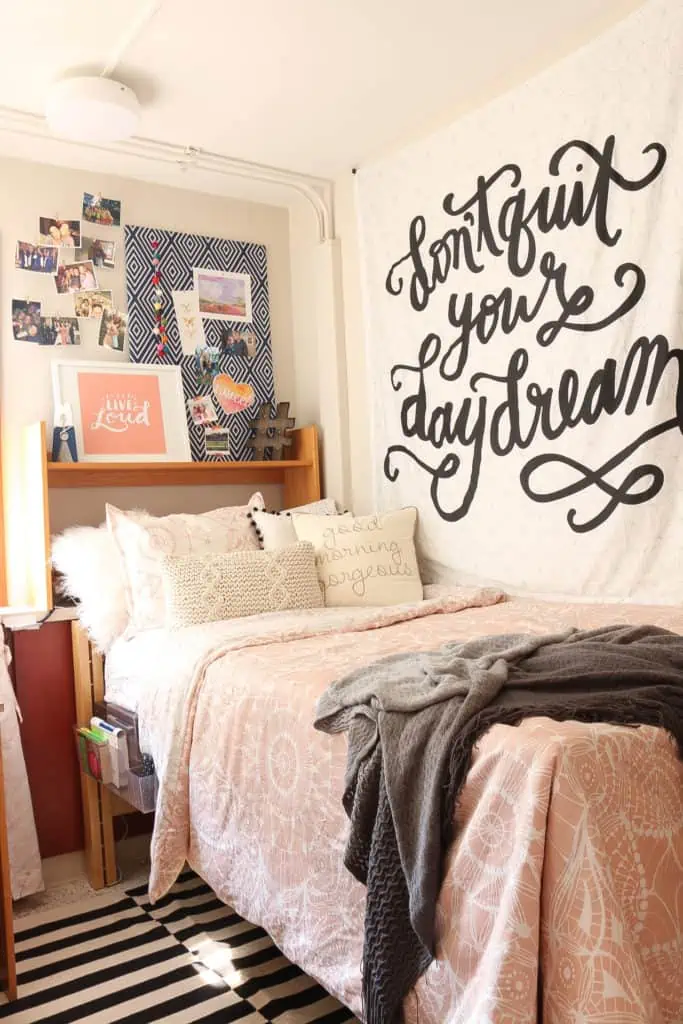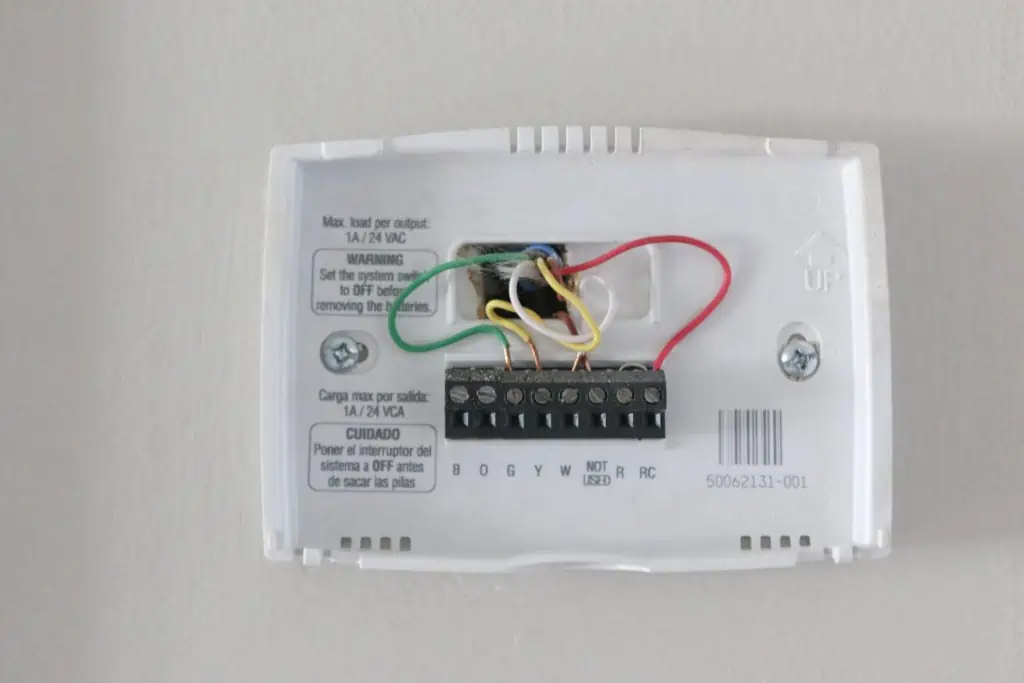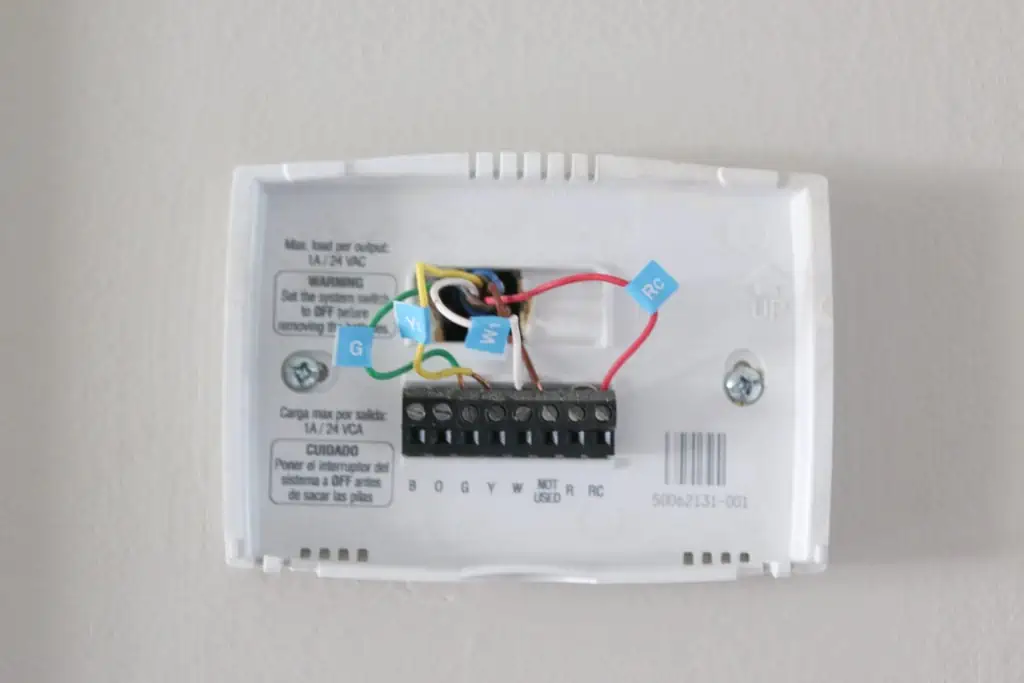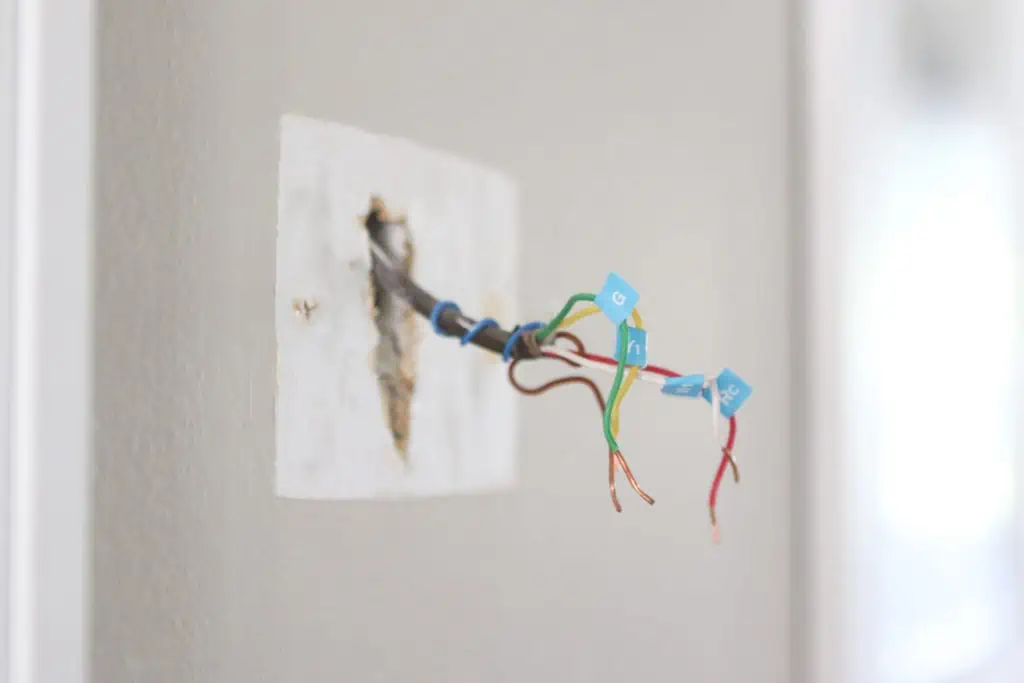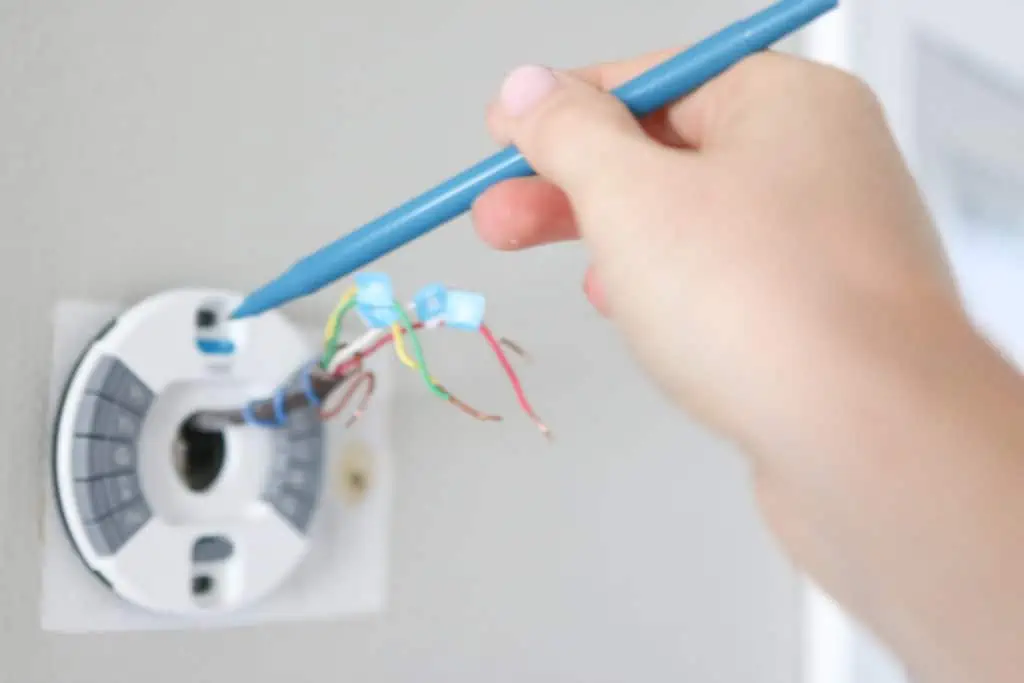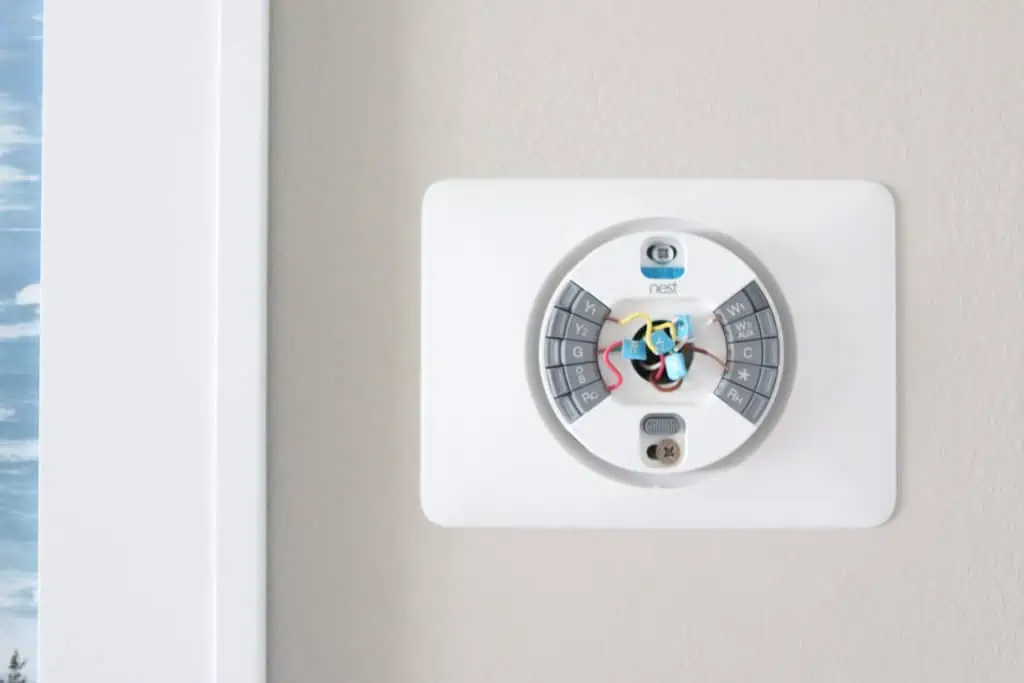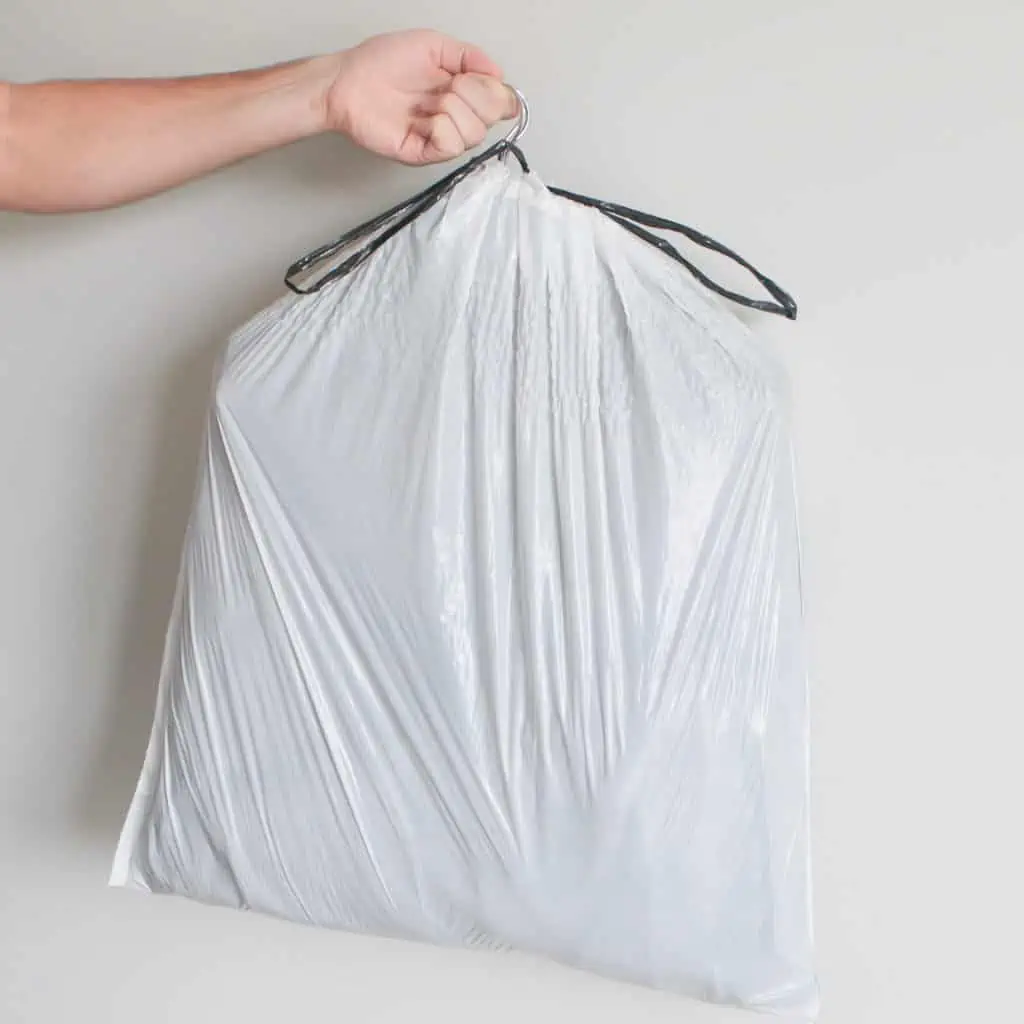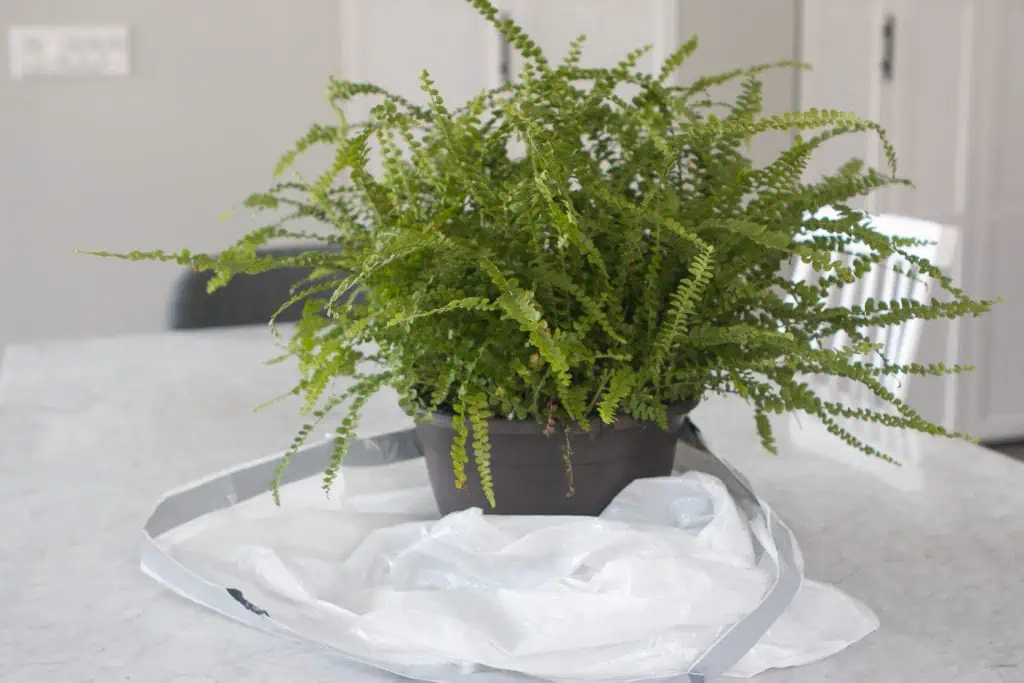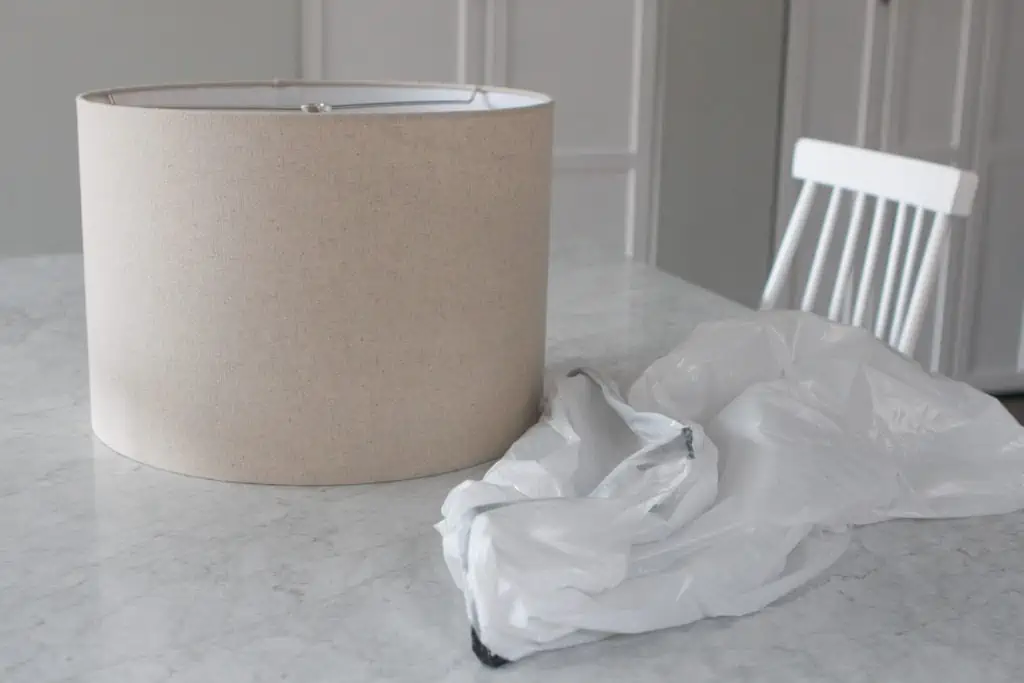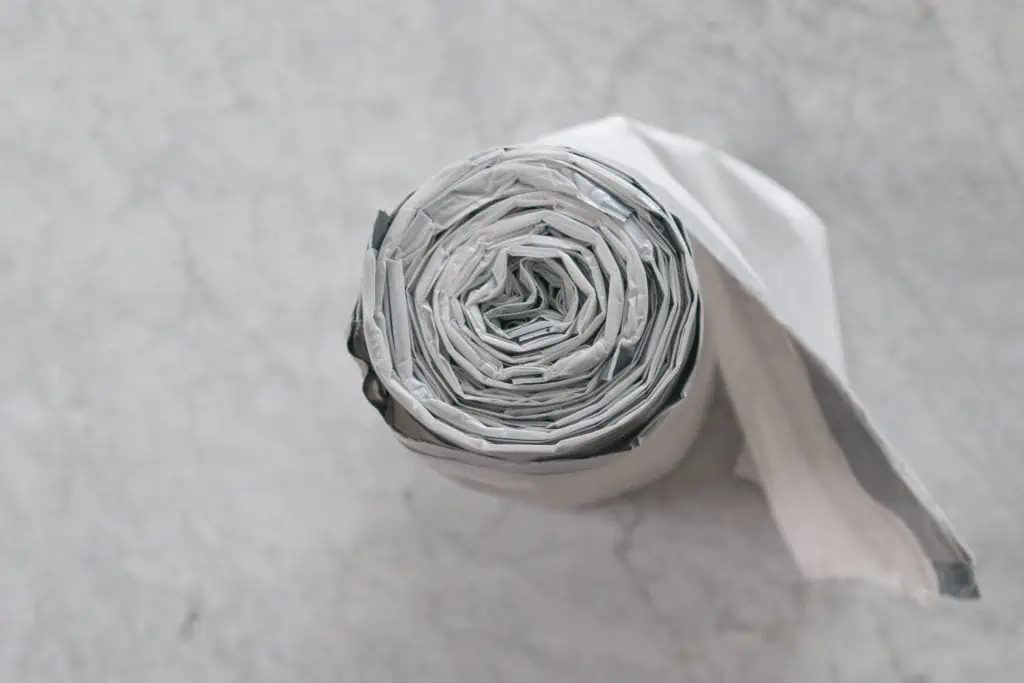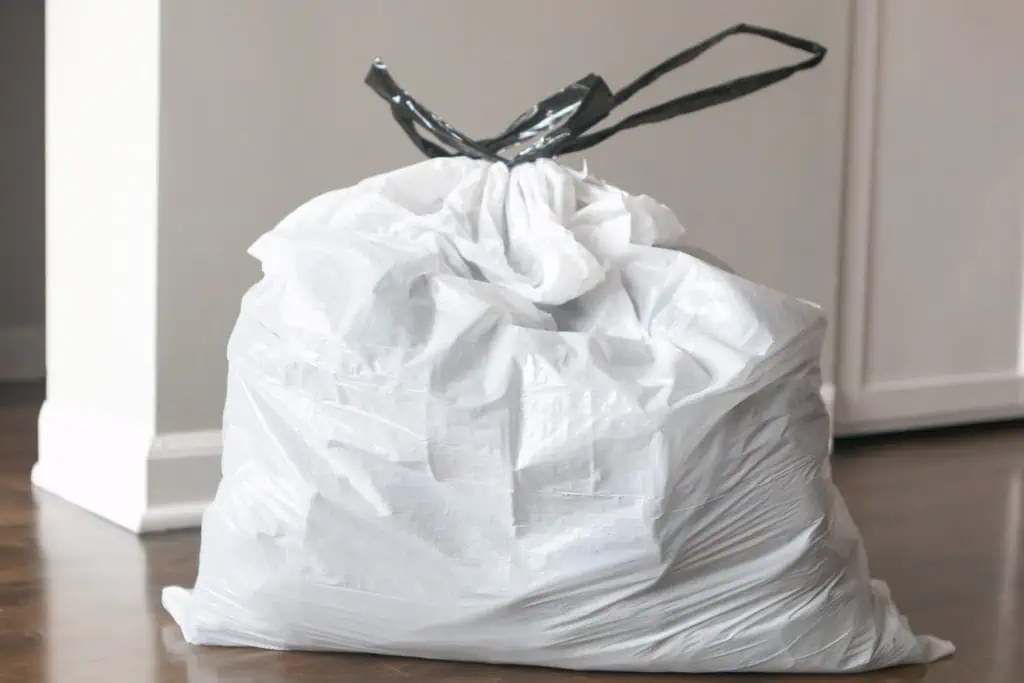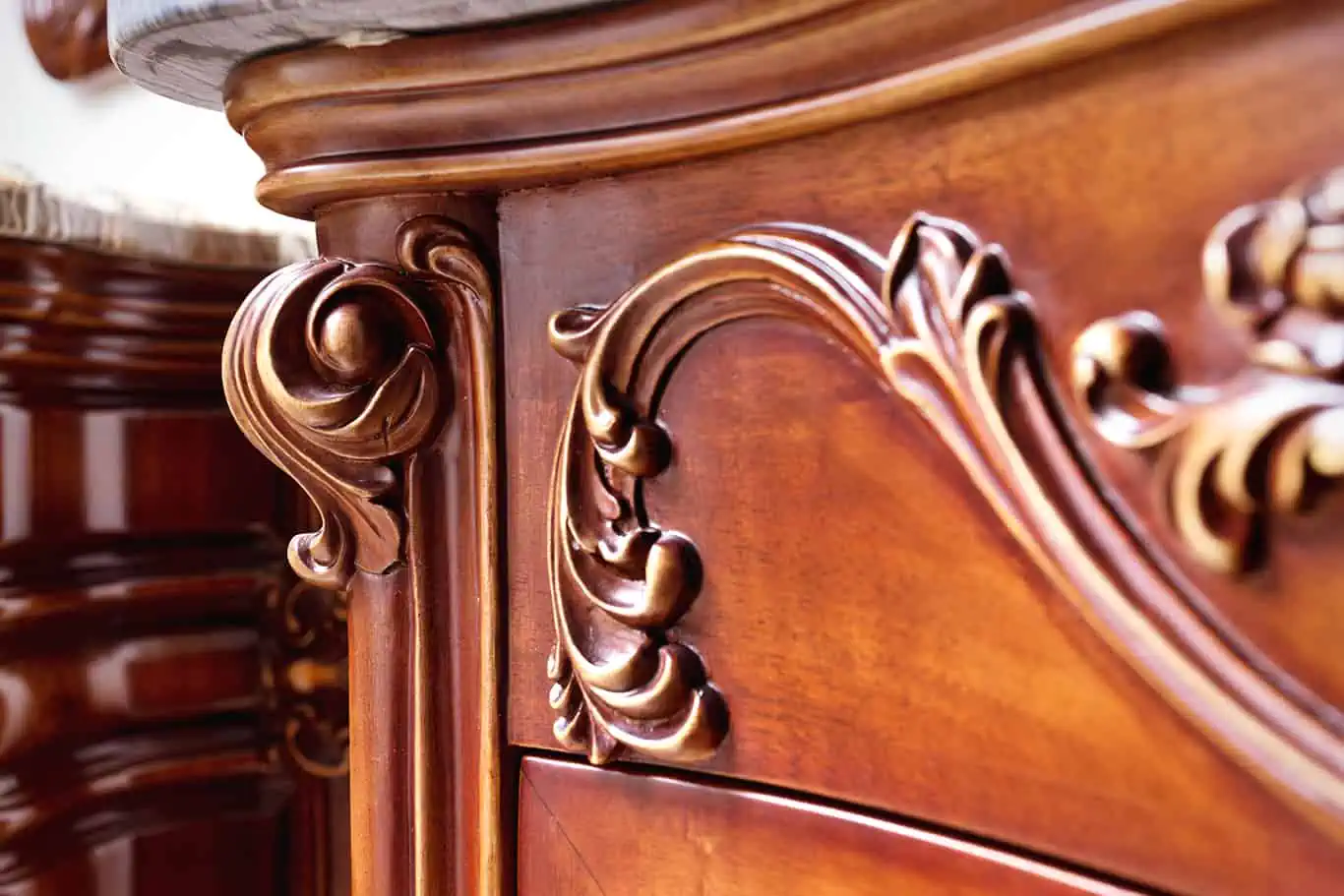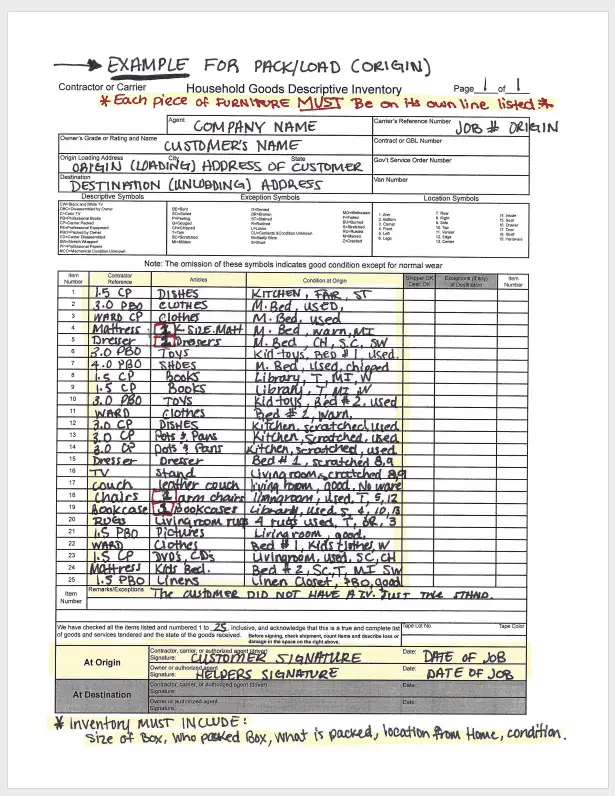As DIY’ers and decorators, there’s nothing we love more than an empty room just begging to be styled and filled with beautiful pieces. But some rooms can be a little tricky. Do you put the couch over here? Or maybe you need a small table over there? It can be hard to visualize how pieces will work in a space, especially when you’re starting with a blank canvas. Plus, if you’re buying a few new pieces of furniture, it can be difficult to tell if they’ll really fit and work well in the space. No one wants to purchase a dresser only to find out that it’s actually way too big or small.
An Online Tool to Help You Arrange Furniture
Luckily, there’s a new tool out there that takes all of the guesswork out of the arranging furniture process. It’s called Modsy, and this growing service is changing the game for decorators… but also for new homeowners trying to decide on new furniture or anyone else who has a room that needs some TLC.
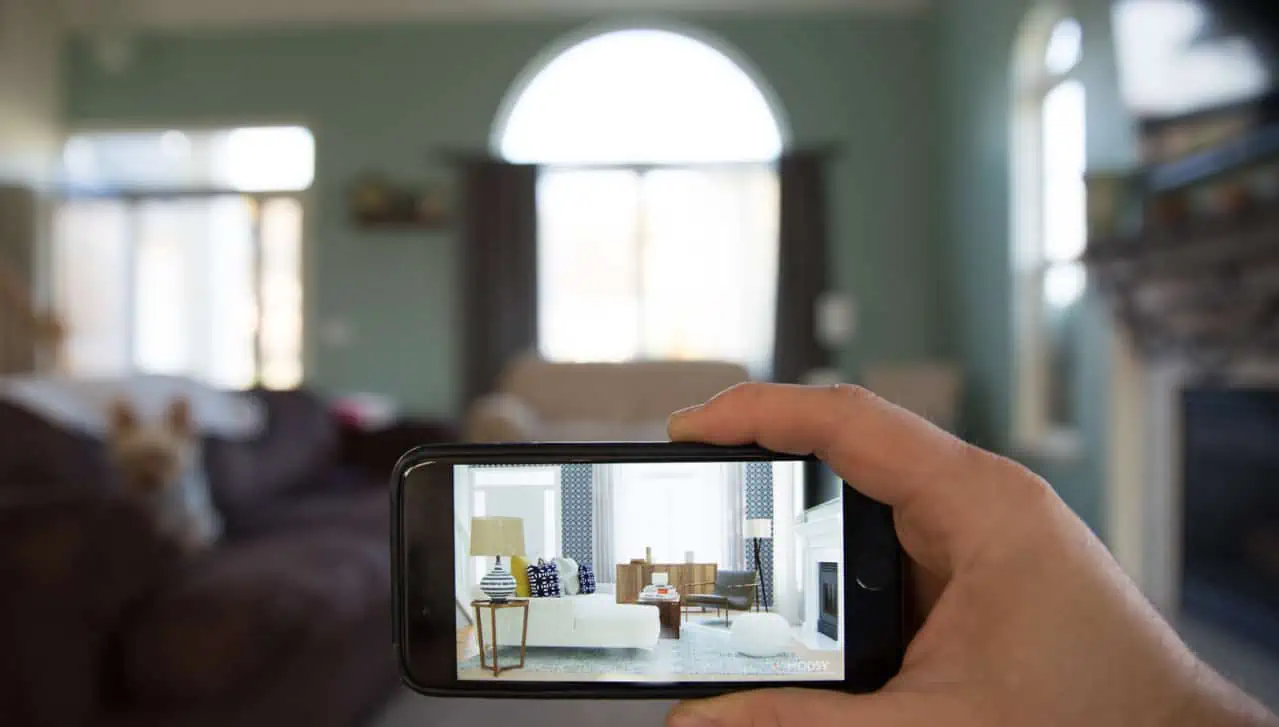
Essentially, you can “try on” certain layouts in your specific space in order to visualize how it will work in that room before you move things around, or before you buy anything new. The service costs about $70 (which isn’t exactly free), but in the long run, it may help you avoid design regret (like when you buy a piece that simply doesn’t work for the room), leaving you with a space that is much more functional for your home.
Here’s how it works: You send over photos of your space, some measurements and details on both your vision and style. They then send over a professional 3D rendering with a 360-degree visualization tool.
Real Life Spaces Using Modsy
When we first heard of Modsy, we weren’t quite sold. How could it actually work? But then we saw that a few of our friends in the blogosphere used this service when working on room makeovers. We could hardly believe these photos…

Above is the 3D rendering of our friend Katie Bower’s bedroom. She used Modsy to visualize the furniture setup in her bedroom before buying all of the pieces.
Here’s what that space now looks like in real life…

Pretty crazy, right?! Here’s another one.
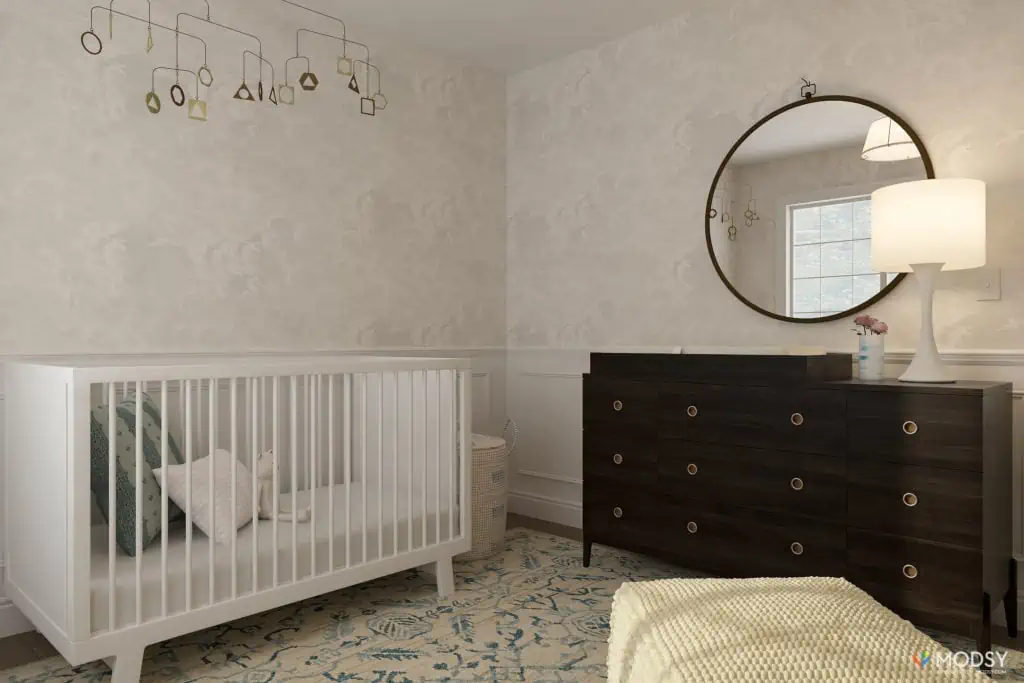
Above is the 3D rendering from Chris Loves Julia’s nursery. Below is how the actual room turned out.
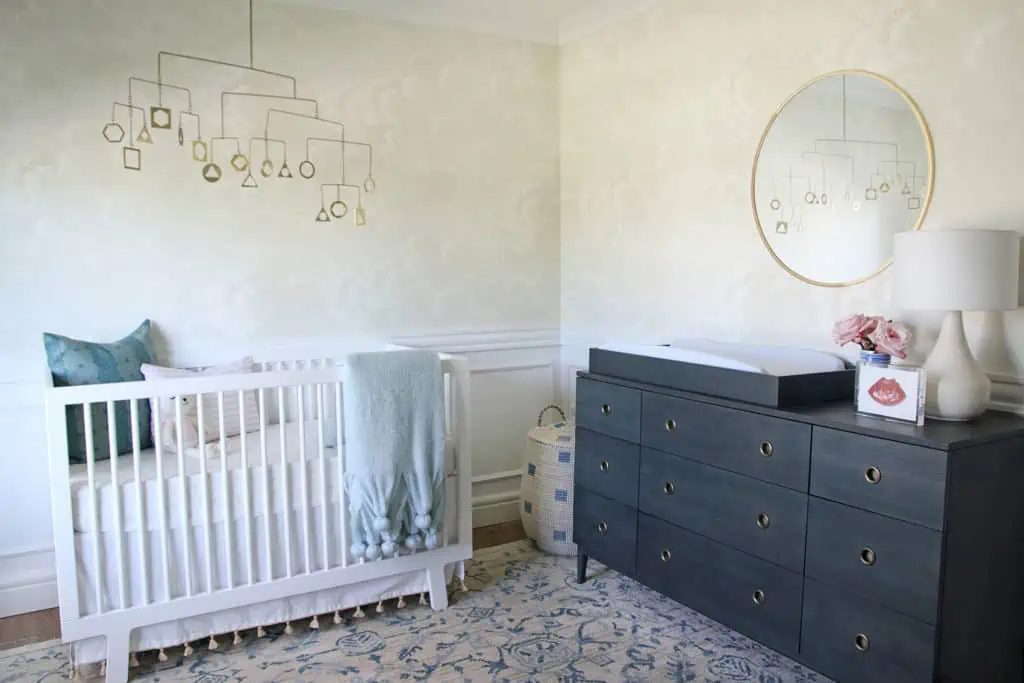
Let’s Give It a Try
We’re currently working on a living room makeover for a friend, and their tricky living room layout had us questioning where exactly we should place all of the furniture in the space. So we figured this was the perfect time to give Modsy a try and find the most functional livingroom layout. Here is how the website lays out their service:
After setting up an account on our phones, we sent in photos and measurements and they then gave us a blank room to review.
Because we weren’t totally sure on the style we wanted for the space, we had them give us two design options. One was a bit more glam and feminine, the other a bit more contemporary. This was their interpretations:
We ended up loving the second design, and realized how easily a sectional could fit in the space! We also didn’t realize we would have enough room to add a bookshelf next to the couch, and this helped us view the space in a whole new light.
This was another rendering from a different angle. We were able to plug-in a few pieces that the homeowners already own to make sure they could continue to work in the room.
In the end, we were left with a functional layout that we’re confident will work as we help to design this room. It actually worked! While we still have a-ways to go with their space, we are both so excited to get to work and bring this vision board to life.
You Too Can Master the Art of Arranging Furniture
As two gals who can’t seem to get enough of home design and decor, we were incredibly impressed with this visualization tool. Here are our takeaways:
Pros:
- Surprisingly easy to use
- Slick, modern app design
- 3D renderings are professionally done and easy to grasp (and amazing to look at!)
Cons:
- It ain’t cheap. $70 per rendering (and $199 to include an adviser!)
- It takes a little over a week to get renders and operates within business hours, so plan ahead
- Recommended furniture through Modsy store can be great, but also a bit sales-y
If you’re struggling to decorate your new home, we hope you’ll give this tool a try. Hopefully, it will help you determine the best layout for the rooms throughout your home while providing you with design inspiration that is specific to your taste. Plus, you may even gain some confidence when it comes time to buy new pieces of furniture in your space, because you can try before you buy! Happy decorating!

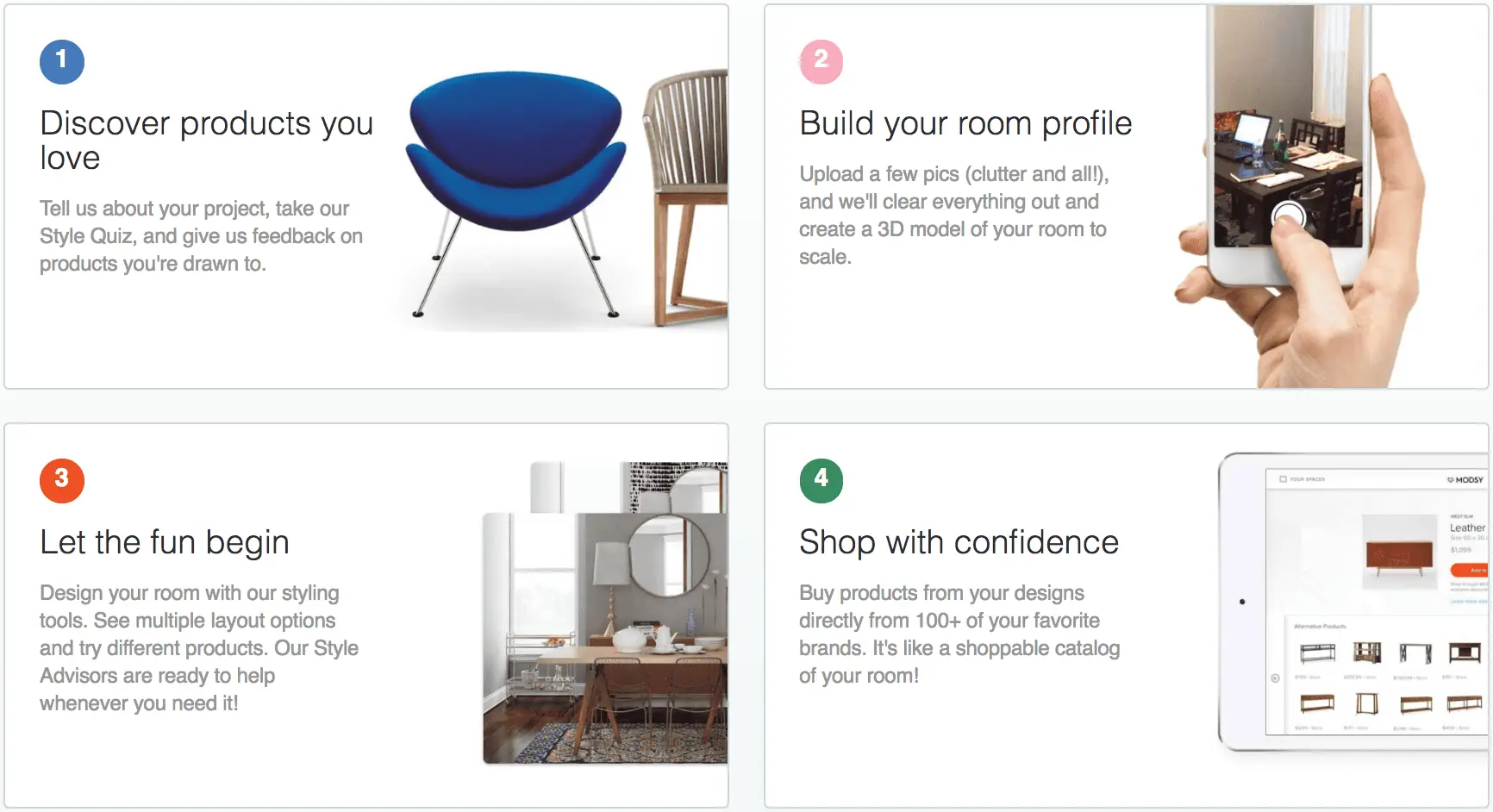
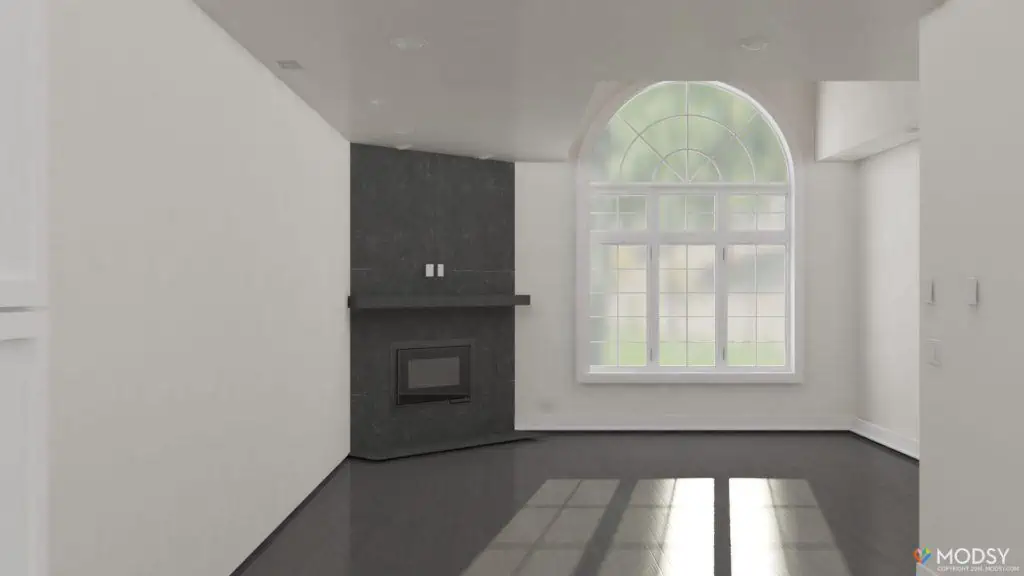
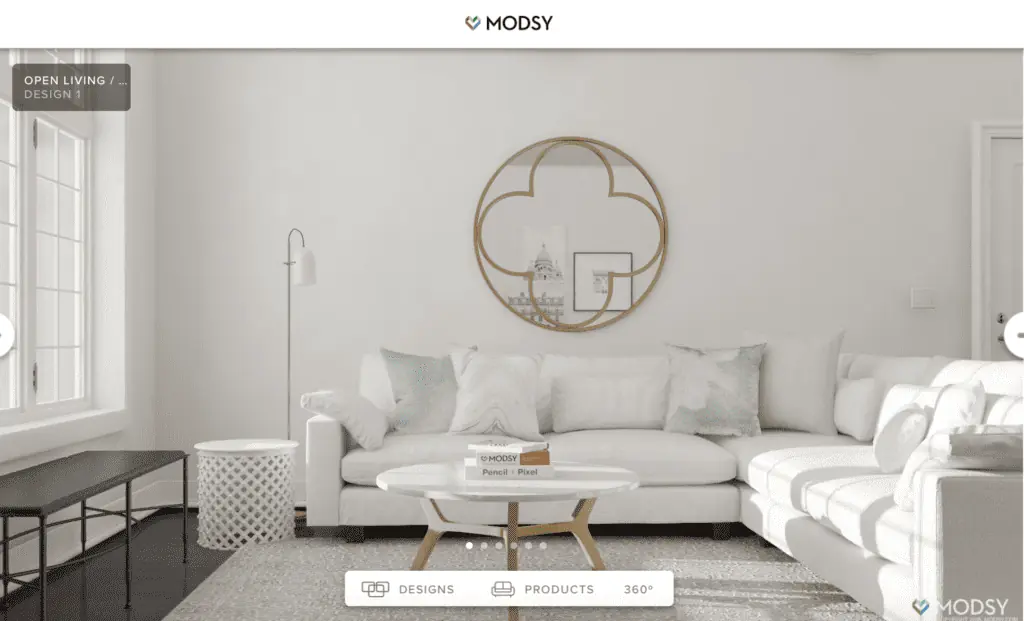

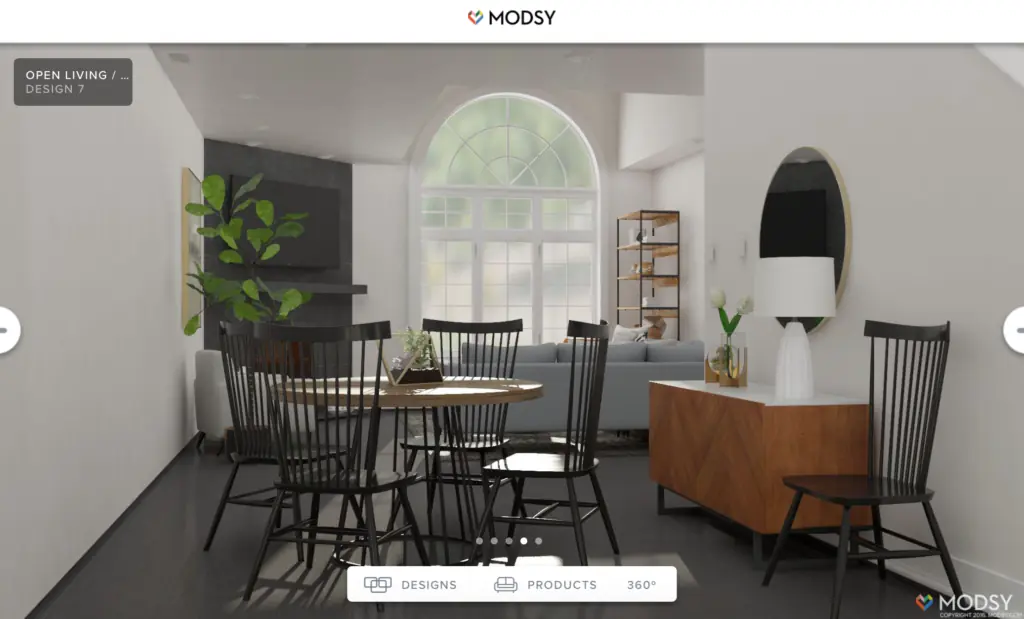
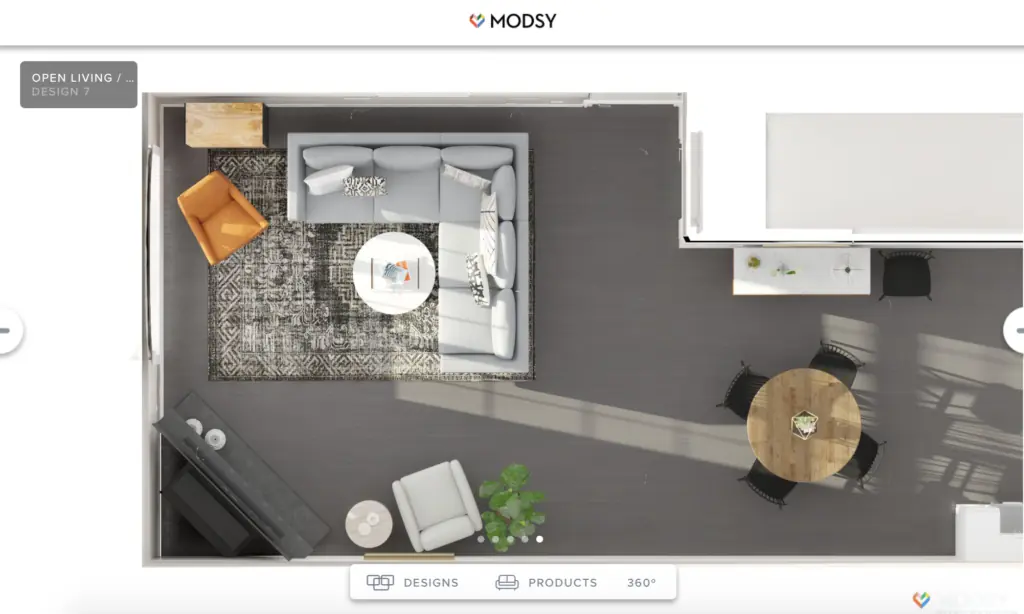

 In 1978, upset by how his new company president operated the business, James Ryder quit his own multi-million-dollar baby and dove into a new transportation venture called Jartran. This would be the first in a series of failed business endeavors, and Ryder would eventually find himself back where he started: broke.
In 1978, upset by how his new company president operated the business, James Ryder quit his own multi-million-dollar baby and dove into a new transportation venture called Jartran. This would be the first in a series of failed business endeavors, and Ryder would eventually find himself back where he started: broke.
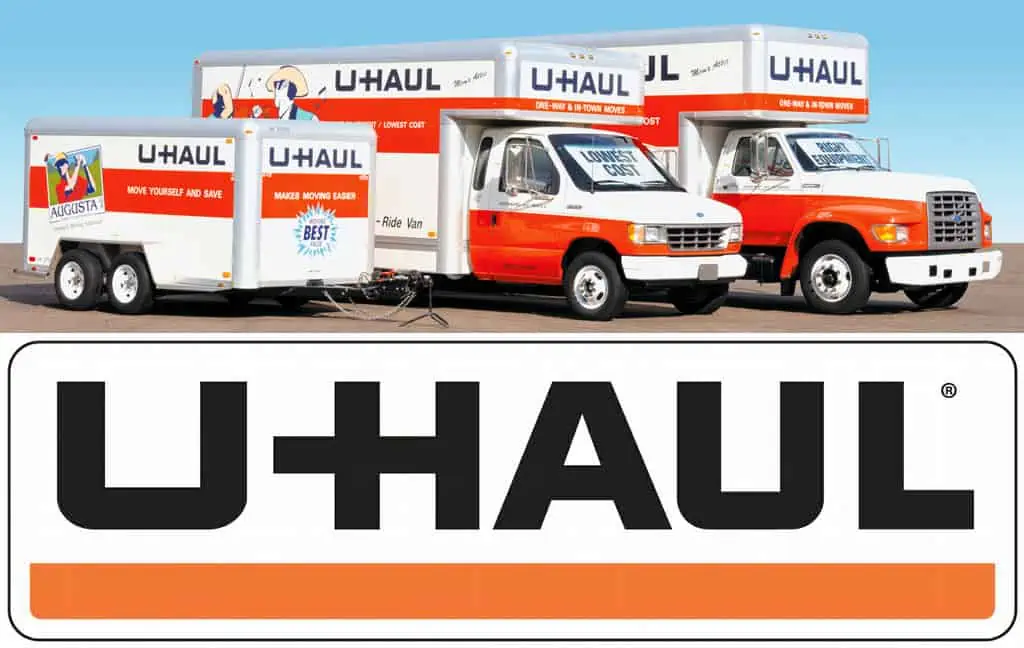 You might guess that Shoen switched to orange to make his trailers more noticeable. And you would be correct. But this was not a marketing or advertising ploy. Early on, Shoen was turning through an intersection when he was hit by an oncoming vehicle. The driver claimed he couldn’t see the black trailer because it was… well, black. Whether this was true or not, Shoen decided to paint his trailers orange and white – similar to highway barricades – to make them more visible for safety’s sake. The added marketing benefit was likely just coincidental.
You might guess that Shoen switched to orange to make his trailers more noticeable. And you would be correct. But this was not a marketing or advertising ploy. Early on, Shoen was turning through an intersection when he was hit by an oncoming vehicle. The driver claimed he couldn’t see the black trailer because it was… well, black. Whether this was true or not, Shoen decided to paint his trailers orange and white – similar to highway barricades – to make them more visible for safety’s sake. The added marketing benefit was likely just coincidental.

